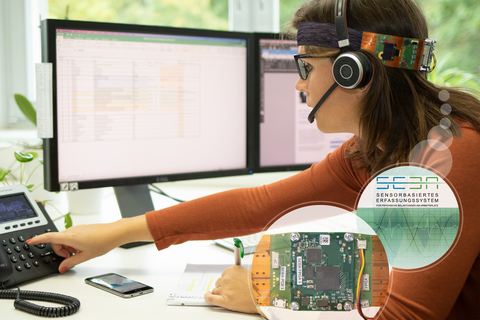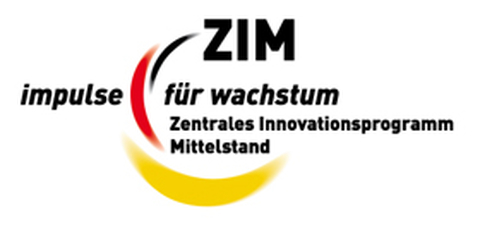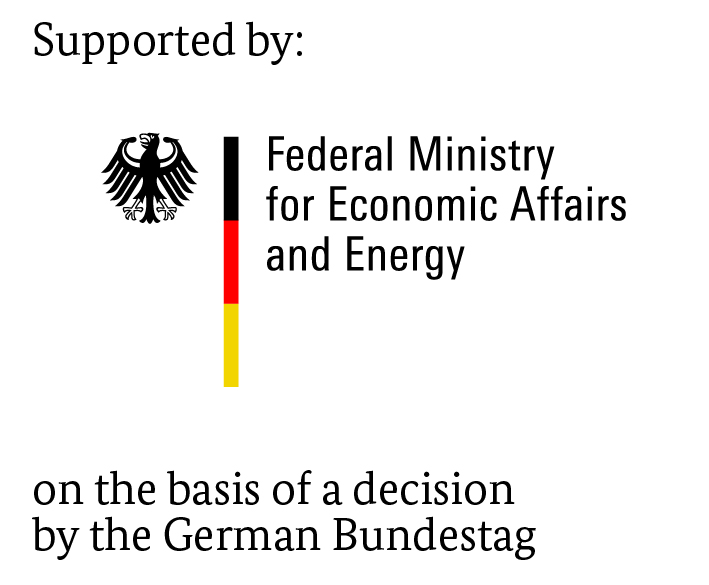SEBA – how stressed are we actually?

Responding to employers’ legal obligation to monitor psychological stresses at the workplace (in Germany and some other countries) and the fact that they are one of the main causes of absenteeism, the SEBA project set out to develop a system for objectively measuring stress.
Before this, psychological stresses associated with work were analyzed with the aid of multiple checklists, questionnaires, interviews and/or group sessions. But the answers received were subjective and evaluating them was time-consuming and work-intensive and also not entirely objective. This greatly limited their usefulness.
SEBA is designed to objectively measure psychological stresses and negative emotions, capture relevant environmental factors such as noise, lighting conditions, temperature etc., and discreetly visualize critical states to the user. In addition to giving users feedback in a multimedia format on a smartwatch, mobile phone, or PC, it also alerts employers to annoying ambient parameters such as flickering lights.
A headband was chosen as the sensor unit, since it permits easy capture of both environmental parameters and the user’s vital signs. The detected environmental parameters include ambient noise, lighting (brightness, color, and frequency), and air quality (pressure, CO2 content, currents, and relative humidity). The vital signs include, for example, the blinking rate (EOG), movement, brain activity (EEG), sweating (skin inductance), and heart activity (pulse rate and variability).
The data is sent to software that was specially developed for this project; it provides feedback to the user and information on environmental parameters (and possibly also measured vital signs) to the employer. Special attention has been paid to ensuring compliance with data privacy laws and respecting employees’ personality rights.
The system enables employers to analyze workplace conditions and users to reveal and take steps to alleviate critical factors.
 Fraunhofer Institute for Computer Graphics Research IGD
Fraunhofer Institute for Computer Graphics Research IGD
